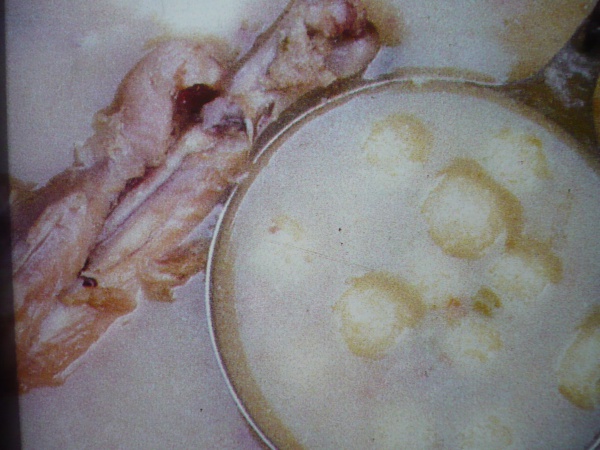Facts About Vori vori
Vorí vorí is a cherished traditional soup that is thick, hearty, and distinctively yellow, particularly enjoyed in Paraguay and parts of northeastern Argentina. The name "vorí vorí" is derived from the Guarani language, where "vorí" means "one" and "vorí vorí" implies abundance. This comforting dish is characterized by its corn flour and cheese dumplings, simmered in a rich, flavorful broth.
There are delicious variations of vorí vorí. For example, "vorí vorí blanco" may include ingredients such as oil, garlic, onion, pumpkin, milk, and rice. While it is a favorite during winter for its warming qualities, vorí vorí is delightful enough to be enjoyed year-round.
The preparation of vorí vorí is relatively simple. Start by mixing corn flour and cheese with some broth to form the dough for the dumplings. These dumplings are then cooked in boiling soup for about 5 minutes. If the soup becomes too thick, you can add more water to achieve the desired consistency. Popular versions include "vorí vorí de gallina" which features grilled chicken, and "tu'i rupi'a" which are smaller dumplings referred to as "parakeet eggs."
This dish is beloved by people from all walks of life in Paraguay and is a staple of the country's cuisine. Its history is quite fascinating as well. Following the Paraguayan War, there was a severe scarcity of food. In response, Paraguayans created dishes like vorí vorí that are rich in protein and calories, compensating for the lack of daily meals.
So, whether you're seeking to warm up on a chilly day or simply want to savor a dish rich in history and flavor, vorí vorí is an excellent choice!

 Argentina
Argentina